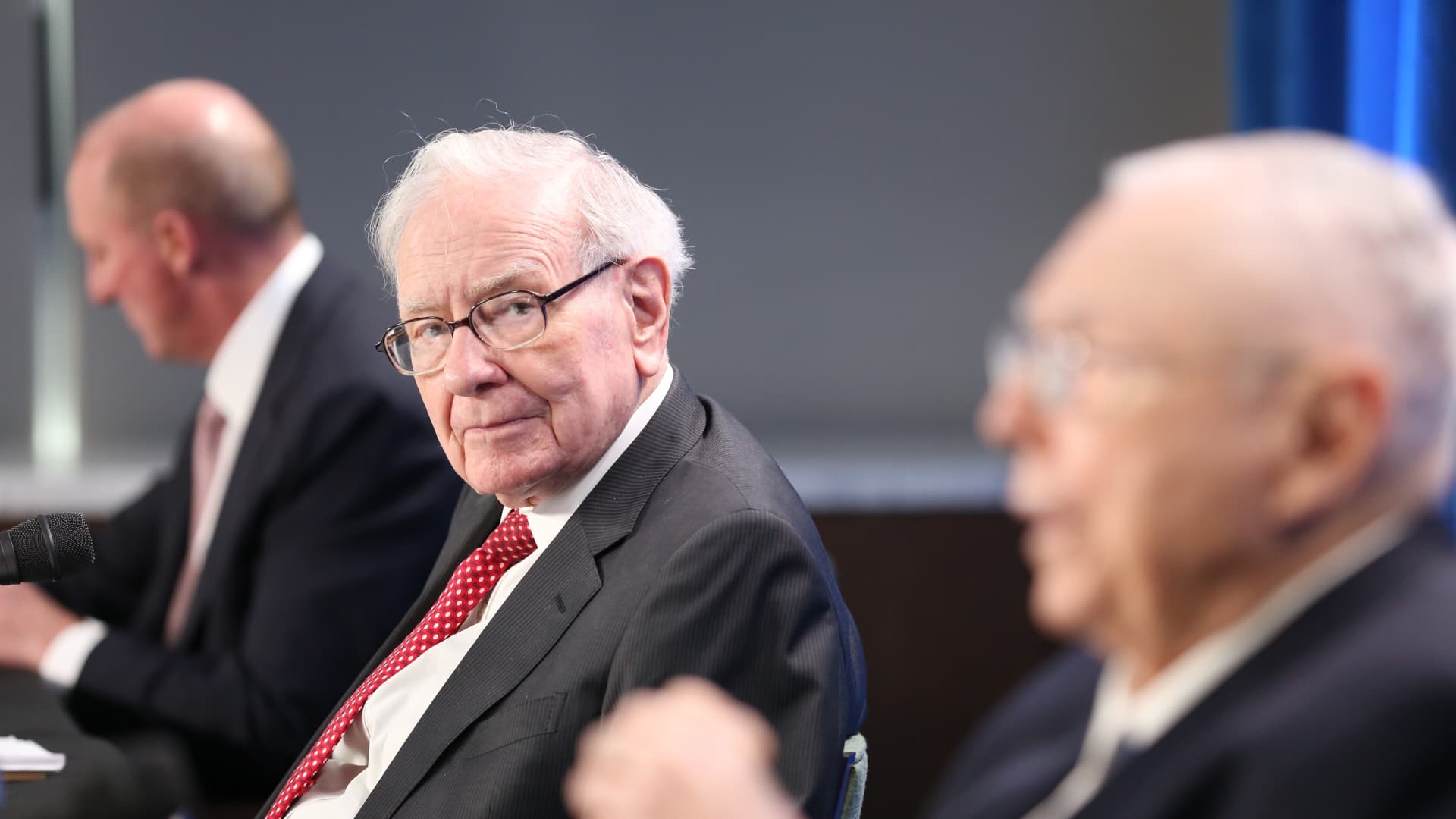
Finding the right businesses to invest in can be a daunting task, but veteran investor Mohnish Pabrai tells CNBC how he identifies long-term winners in the stock market. Pabrai, managing partner of Pabrai Investment Funds, is widely known for closely following Warren Buffett’s principles on value investing and capital allocation. Value investing has come into focus as an investing strategy amid a massive selloff in global equities this year, as investors seek to snap up shares in companies that have been beaten down the most amid the rout. Focus on the fundamentals Market watchers have been reluctant to call the bottom on the brutal Wall Street selloff, but Pabrai is unfazed by the market turmoil. Instead, he is focused on choosing the right companies to invest in. “I have no idea whether we are at the bottom,” he told CNBC Pro Talks on Wednesday, as he advised investors to focus on the fundamentals of a business, rather than the prevailing macro landscape. “As value investors, we focus on individual businesses. What we are trying to do is look at what we think will happen in five, 10 or 15 years,” Pabrai said. “And so, in the near term, interest rates or whether we are going to go into a recession have some relevance. But they don’t have that much relevance. What is more important is what happens to the business in the long run,” he said. A value investing strategy uncovers stocks that trade at prices perceived to be relatively cheap for their returns. These stocks may be beaten down in the short term in response to market volatility, even if their fundamentals suggest otherwise. “You have to have a strong belief in what you think that business could look like five or 10 years from now. And if you don’t have a view on that, then I think you’re better off not making those bets,” he said. Not all cheap stocks are good buys With stocks now in bear market territory, investors could be forgiven for falling into so-called “value traps” when they go bargain hunting. These traps may appear promising as they appear to be cheaply priced but may prove to be big letdowns for investors if they don’t perform. But Pabrai believes it’s impossible to always get it right while investing. Getting it wrong is “par for the course,” he said. “The best we can do is do our homework. Look at the long history of the business,” he said. “Try to make bets where the odds favor you and then if you make enough bets where the odds favor you, then even with a relatively high error rate, the end result should be more than acceptable,” he added. How to evaluate a company Pabrai identified several metrics that investors can use to evaluate a company. “What would be their cash flows? What would be the net income if it stopped growing? Those are questions an investor should try to answer,” he said. Net income, otherwise known as net earnings, is the revenue after accounting for a company’s expenses. He also advised investors to look at a company’s reinvestment rate of return — the profit that a company makes after reinvesting the cash flows from an investment. Pabrai highlighted Amazon as an example of a company with a demonstrated ability to reinvest at very high rates. “For Amazon, [investing] $10 billion into the cloud or $10 billion into warehouses or trucks or vans, what is the return on that money?” He said. “And if their business is producing very strong returns on those reinvested dollars, north of 20% to 30% a year, it’s an incredible business. And historically, a business such as Amazon has shown an ability to reinvest at very high rates and has done well.” Pabrai also looks at return on equity, which measures a company’s profitability and how efficiently it generates those profits. “Does the business have very high returns on equity? Can it grow and prosper without the use of debt? What does the length of the runway look like? Can this business invest the high returns and equity back at high rates?” He asked. The price-to-earnings ratio is a popular metric used to value a stock. A high P/E could mean that a stock’s price is high relative to earnings and possibly overvalued. Conversely, a low P/E might indicate that the current stock price is low relative to earnings. But Pabrai believes the metric alone is “inadequate” for investors to evaluate a company. “There could be a business that’s trading at 50 times trailing earnings, and it could be really cheap, and it turns out to be a great investment and could go up 100 times,” he said. “And there could be a business that’s trading at three times earnings that could be really expensive and you could lose money on it. “So, I think the price- to-earnings ratio as a tool to determine which investments to make is quite inadequate,” he added. Ultimately, whether a stock is ‘cheap’ or ‘expensive’ may not be a reliable indicator of its attractiveness, Pabrai said. “Charlie Munger said if a business can earn 20% to 25% return on equity for a long period of time and reinvest those rates, even an expensive looking price is going to turn out to be a great investment,” he added, referring to the American billionaire investor, who is vice chairman of Berkshire Hathaway.
Finding the right businesses to invest in can be a daunting task, but veteran investor Mohnish Pabrai tells CNBC how he identifies long-term winners in the stock market.
from WordPress https://ift.tt/3lcSZON
via IFTTT

No comments:
Post a Comment